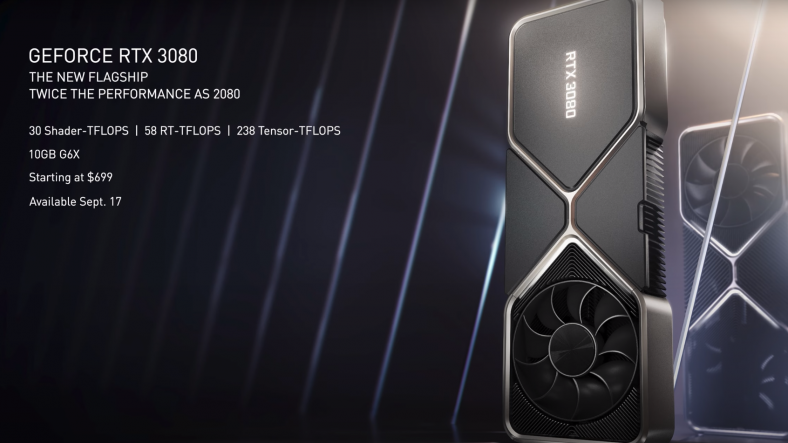
Nvidia has officially responded to the issues and problems faced by early-adopters of the new Geforce RTX 30 series GPUs. NVIDIA’s RTX 3000 has been hampered by major issues ever since it was released. First, the pre-orders for both RTX 3080 & RTX 3090 graphics cards were botched by buy-bots, and the cards sold out within minutes of getting released. And now, several users are reporting crashing during gaming and many other issues.
At first, it was thought that the issues were related to GPUs boosting algorithm but more recent reports suggest that the issue could have more to do with the hardware design that AIB partners have implemented on their custom products.
NVIDIA has officially responded to the issues that are being faced by the RTX 3000 series. NVIDIA gave the official response to Brad Chacos, who is the Senior Editor at PCWorld. It said:
Regarding partner board designs, our partners regularly customize their designs and we work closely with them in the process. The appropriate number of SP-CAP vs. MLCC groupings can vary depending on the design and is not necessarily indicative of quality.
NVIDIA explains in their statement that the custom cards are designed closely with their partners and they work very closely with them during the whole design/test process. NVIDIA does give AIBs reference specs to follow and gives them certain guidelines for designing customized boards. But there is specific SP-CAP / MLCC grouping that can be defined for all cards since AIB designs vary compared to each other and these differences may be causing the issues.
However, NVIDIA states that the number of SP-CAP / MLCC groupings are also not indicative of the quality of the custom cards. There have also been several reports suggesting that MLCC performance is better for AIB cards as they give more stable performances, but NVIDIA disagrees and says that SP-CAP is better.
According to reports, GeForce RTX 3000 series generally crashed when it hits a certain boost clock above 2.0 GHz and this issue was more common in cards with full SP-CAP layouts (Conductive Polymer Tantalum Solid Capacitors) compared to boards that either use a combination of SP-CAP / MLCCs (Multilayer Ceramic Chip Capacitor) or an entire MLCC design. Videocardz has briefly explained the difference between MLCC and SP-CAP capacitors.
- The MLCC is cheap and small, they operate at current ratings, voltages, and temperatures, but they are prone to cracking and piezo effects, they also have bad temperature characteristics.
- The SP-CAP is bigger and has lower voltage ratings and is worse at high frequencies. They are however stronger and not prone to cracking, they also have no piezo effects, SP-CAPs should also operate better at higher temperatures.
Several Manufactures have come forward with their statements as well. We will have to wait and see how this situation develops in the near future.










